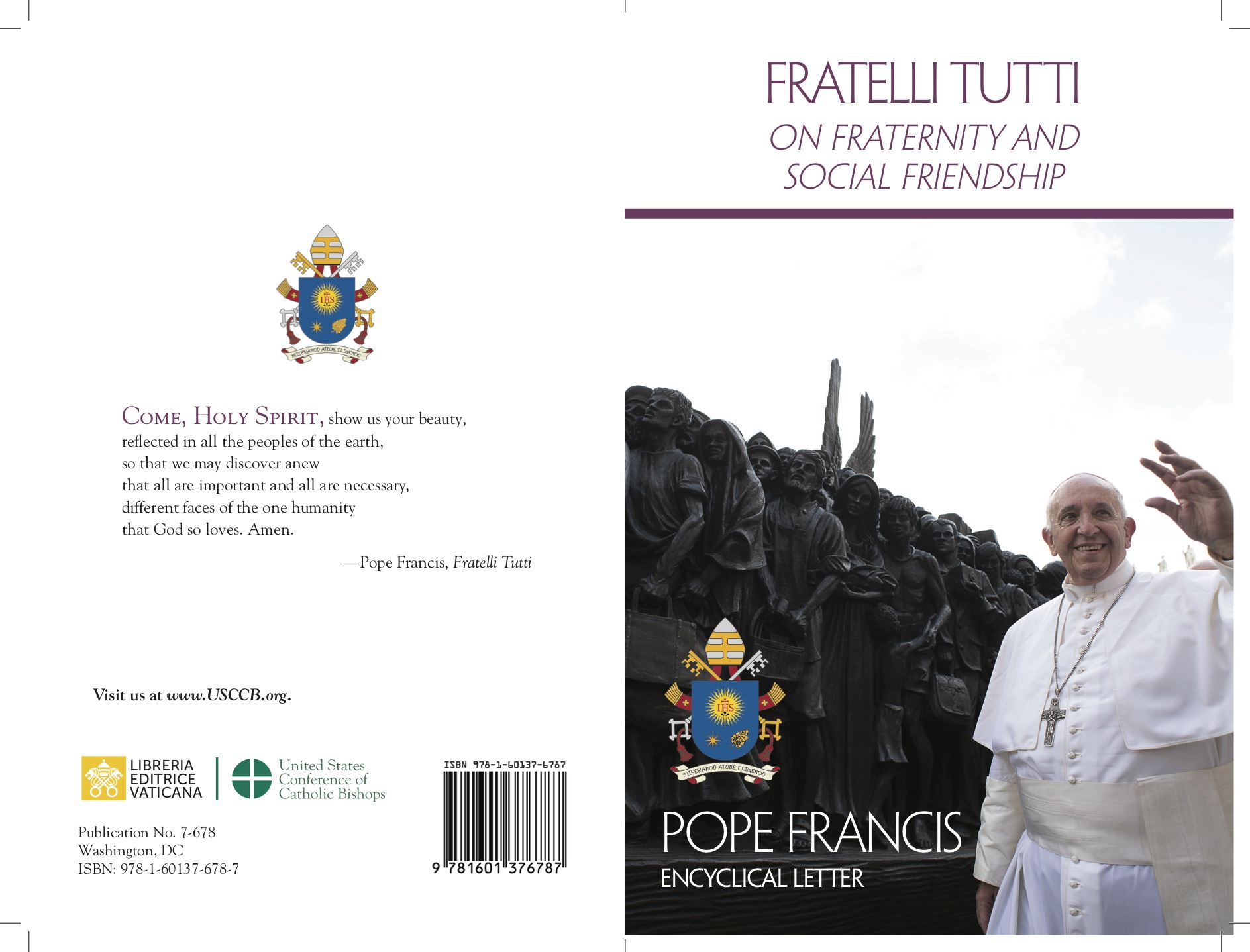
In the book Il Dio Nuovo [The New God], I tell the story of the first Christians in Rome through the places that preserve their memory. I stay true to my sources, while the rest I have imagined. However, while I went about my “imagining”, I had to acknowledge a lacuna, a gap n knowledge. Namely, the Roman women of the early Christian communities who do not appear in the credits. Yet, we know and sense that they played a fundamental role. Paul, for example, in his Letter to the Romans, indeed mentions them, attributing to them a prominent place in the communities of the early days. Then, there is the history of Christianity that is full of matrons who often converted despite their husbands, transforming their homes into domus ecclesiae, or places of gathering for the first communities. The names of those women have come down to us, for they became, over time, the tituli, that is, the names of the oldest churches. For example, Santa Sabina, Santa Cecilia, and San Lorenzo in Lucina. Basilicas that were built above the places where the first Christians held assemblies, read the Word, broke the bread, and provided assistance to the weakest among them. The women who hosted and organized those communities were the ones who held the keys to the home.
The matriarch of these converted and very active Roman matrons makes an appearance in the Gospel of Matthew. It is the wife of Pilate, who, apparently, tried to prevent her husband from washing his hands of his responsibilities. “Besides, while he was sitting on the judgment seat, his wife sent word to him, ‘Have nothing to do with that righteous man, for I have suffered much over him today in a dream’”.
According to tradition, when Peter arrived in Rome, he did not live in an insula (a multi-story popular apartment building) but in a domus, a single-family villa belonging to a rich and powerful man. This mas was the senator, Pudens (above that domus stands today the ancient and wonderful Basilica of Santa Pudenziana, which I write about in the book). However, the Word of Jesus could have reached another high-status family, beyond that of the senator, being the protagonist of that remarkable conversion would have been a woman.
Her name was Pomponia Grecina, and her story has already been fictionalized in Quo Vadis. The historian Tacitus, says this about her, “Pomponia Grecina, who was a noble Roman matron, married to Plautius, when he returned from Britain, which he had governed with the honors of a triumph, was accused of foreign superstition (superstitionis externae rea) and was subjected to her husband’s judgment”. Thus, in the patrician circles of Rome, the same as that of Senator Pudens, an event occurred that caused much discussion. This man, Plautius, an imperial official, returned from Britain, and was immediately informed of a problem concerning his wife. No, she had not been unfaithful, far from it. However, in some ways, it was worse. The issue was religious. Pomponia had allegedly joined a foreign cult. She was said to have been caught participating in some strange ritual. In Rome at that time, there were many alternative religions, for example Eastern, mystical, orgiastic, and philosophical. Nevertheless, which cult could have caused such a scandal and harmed the image of a man in his career? It was probably Christianity. Plautius, returning from Britain, found his wife a Christian. So, what does he do? He arranges a trial, but not a public one—an at-home trial. We read: “And he, according to the ancient custom (prisco instituto), conducted the trial on the life and honor of his wife in the presence of all the relatives, and declared her innocent (propinquis coram de capite famaque coniugis cognovit et insontem nuntiavit) ”.
Plautius was a genius. On the advice of his lawyer (I imagine), he revives an institution from ancient Rome, which can be summarized as follows: The dirty laundry (of wives) is washed in the family, because it is only there that its function is fulfilled. Plautius tried his wife in a domestic tribunal and acquitted her. It seems clear: it was a solution to silence the scandal and protect the woman. Once Pomponia had been acquitted with a proper trial, everyone was appeased, even those who had caught and accused her.
But how can a woman, once she has been acquitted, remain Christian without causing a new scandal? Pomponia found the solution, which was to withdraw from public life, using the mourning for a family member as an excuse, which, however, took on a profound political significance. “This Pomponia then lived a long life in constant sadness (continua tristitia fuit). Indeed, after the killing of Julia, the daughter of Drusus, who was deceitfully murdered by Messalina (dolo Messalinae interfectam), for forty years she wore mourning, and was always sad in her heart; for her, all this passed without punishment during the reign of Claudius (imperitante Claudio), but later it turned into glory (mox ad gloriam vertit) ”. This poor Julia, the woman for whom Pomponia decides to wear mourning, is her cousin. She had been murdered. And even the instigator of her murder was Claudius’s wife, the empress Messalina: she had her killed or possibly driven to suicide with false accusations of incest, in order to cut off dangerous succession lines, as this Julia was related to half of the Julio-Claudian dynasty.
Messalina was young and beautiful, in contrast to her husband Claudius, who was old, lame, and sick. To the Christians, especially those of Jewish origin, she must have seemed like the very embodiment of Babylon, that is, the city of sin (since “Babylon” was the code name used by Christians to refer to Rome). The worst scandals were told about Empress Messalina, the queen of Babylon, for example, she was accused of participating in orgies, committing incest, and ordering murders. The gossiping historians, Suetonius and Tacitus, even recount that she disguised herself to frequent the brothels of the Suburra, and competed there with professional prostitutes. However, Messalina too ended up a victim of the intrigues she had set in motion. Her son Britannicus never became emperor. Claudius, her husband, worried that his wife’s lovers might form a small army, have her killed and married Agrippina, the mother of Nero, whom Messalina had exiled. Agrippina was a more levelheaded woman for she preferred power over pleasure.
Let us return to Pomponia, the matron, accused of adhering to exotic cults, acquitted by her husband, who wore mourning attire for forty years in homage to her murdered cousin. No matter how much she might have loved her kin, this seems like an excessive amount of time. It is evident that thid was an excuse, which allowed her to withdraw from public life without raising suspicion. Or perhaps she wanted to send, not to the world, but to the senatorial and imperial circles, a message, being that the value of ancient Rome, and among it, the celebrated austerity of the ancient Roman matrons—something that the founding father Augustus wanted to restore through paganism—has now been recovered by a new cult. This was Christianity, which returned to women the freedom to remain chaste.
Today it seems like a contradiction, but not back then, because women were forced to marry and have children. Therefore, to escape this imposition without joining a religious order could represent an extraordinary opportunity for freedom. Later, during the anti-Christian persecutions of the following centuries, many women were tortured and killed precisely because they rebelled against their forced destiny as wives.
These are martyr stories that bear a strong resemblance to those crimes we now call femicides, such as that of Saint Agatha in Catania or Saint Agnes in Rome.
Perhaps in the domus ecclesiae of Senator Pudens, amongst those listening to Peter, was also Pomponia Grecina, who had found a way to practice the worship of Jesus without drawing attention to herself. In the Christian catacombs of San Callisto, an inscription was found referring to a Pomponius Grecino buried there. He was a descendant of that woman, which could be another clue of her conversion.
by Alessandro Sortino
A Pilgrimage-Book
Il Dio nuovo. Storia dei primi cristiani che portarono Gesù a Roma [The New God. History of the first Christians who brought Jesus to Rome] by Alessandro Sortino is a spiritual and historical journey that step by step leads the reader to discover the roots of the Christian Church. With a narrative that intertwines faith and history, it becomes a pilgrimage. Sortino walks (and accompanies) in the direction of the Apostles’ tomb, overlaying his own steps with those of the millions of pilgrims who have followed the same path for centuries, and passes through the Holy Door of the basilicas dedicated to Saint Peter and Saint Paul, “to discover whether, along with those bones in their tombs, hope is planted or buried”. From the arrival of Peter and Paul in Rome to the devastating fire of the city, for which the two Apostles are unjustly accused and sentenced to death, a journey unfolds that spans both space and time. The great strength of the book lies in how Sortino, who identifies as Catholic, blends personal storytelling, a journey of faith, and historical reconstruction. Using his professional tools—journalist, author, television and radio host, and media personality—he paints a vivid fresco of ancient Rome and the lives of the protagonists of that era, moving along the incredibly well-preserved traces left by these men and women.













 Purchase the Encyclical here Fratelli Tutti
Purchase the Encyclical here Fratelli Tutti
